
Megaesophagus is the enlargement of the esophagus, a muscular tube that runs from the throat to the stomach. The esophagus functions solely to deliver food from the mouth to the stomach. Magaesophagus involves a lack of motility required for the movement of food and liquid down to the stomach and can be the result of a variety of underlying diseases or causes.
Siamese and Siamese-related cats are found to be predisposed to the this condition.
Megaesophagus can either be congenital in nature (born with) or acquired later in life. The congenital form is typically idiopathic or due an unknown cause; although it is rarely due to myasthenia gravis. The acquired form is also commonly idiopathic, but may also be due to:
Your veterinarian will first ask you for a thorough history of your cat’s health. He or she will then perform a complete physical examination on your cat and attempt to differentiate, with your description, whether it is regurgitating or vomiting, which is important in ruling out underlying diseases that cause vomiting. The shape of expelled material, presence of undigested food, and length of time from ingestion to vomiting (or regurgitation) will also help differentiate between these two issues.
Routine laboratory tests, including complete blood count (CBC), biochemistry profile, and urinalysis results, are usually normal in cats with megaesophagus. However, abnormalities related to underlying diseases or complications, like aspiration pneumonia, may be seen. Radiographic studies will show the enlarged esophagus filled with fluid, air, or food, and will help identify abnormalities related to aspiration pneumonia.
More advanced techniques, like esophagoscopy, will be sometimes be employed, too. Esophagoscopy allows for the examination of the interior of the esophagus using an esophagoscope, a thin, tube-like instrument with and light and lens for viewing the inner areas of esophagus. It also allows for the removal of foreign bodies, evaluation of obstruction, and neoplasia.
The major goal of therapy is to treat the underlying cause. However, it is also important that cats with compromised feed intake are meeting their daily nutritional requirements. Common food items recommended by the veterinarian will include liquid gruel, small meatballs, blenderized slurries, and other palatable, high energy foods.
Depending on the underlying cause of the problem, surgery may be employed. For instance, in cases of a foreign body, it will be removed immediately to provide relief and prevent further complications. Aspiration pneumonia is another life-threatening problem that requires immediate hospitalization, where oxygen therapy, antibiotics, and other medications are used to treat the condition.
Follow the guidelines related to care and nutritional requirements for your cat. Recumbent animals may require extra care; soft bedding and turning the animal every four hours are essential. If your cat is not able to take feed, your veterinarian may pass a feeding tube directly into the stomach for feeding purposes. He or she will teach you how to properly use such equipment, though it is important to clean it after each use. Regular weighing of your cat is also required to ensure it is at an adequate range (not losing too much, but not too heavy either).
For patients able to take feed, special arrangements are required for correct feeding to prevent aspiration pneumonia. These animals are kept in an upright position for 10 to 15 minutes after eating or drinking, and both food and water bowls need to be elevated (45 to 90 degrees Fahrenheit) from the floor.
You will need to visit your veterinarian for regular follow-ups to evaluate your cat and treatment progress. Thoracic radiographs are repeated if aspiration pneumonia is suspected. Laboratory testing will be repeated in cases with confirmed aspiration pneumonia diagnosis.
Most cats with megaesophagus require life-long therapy and commitment and patience from you. Unfortunately, cats suffering from congenital forms of the diseases, or in whom the underlying cause could not be identified, carry a very poor prognosis. Some animals may die due to complications, like aspiration pneumonia.
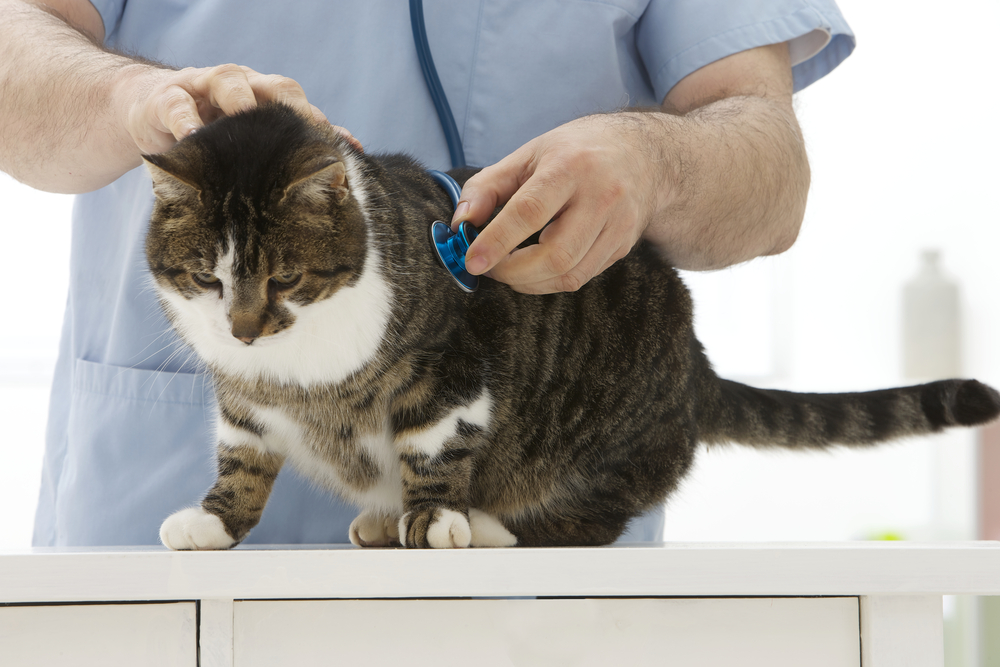 Particles in the Urine in Cats
Cylindruria in Cats
Particle matter in the urine
Particles in the Urine in Cats
Cylindruria in Cats
Particle matter in the urine
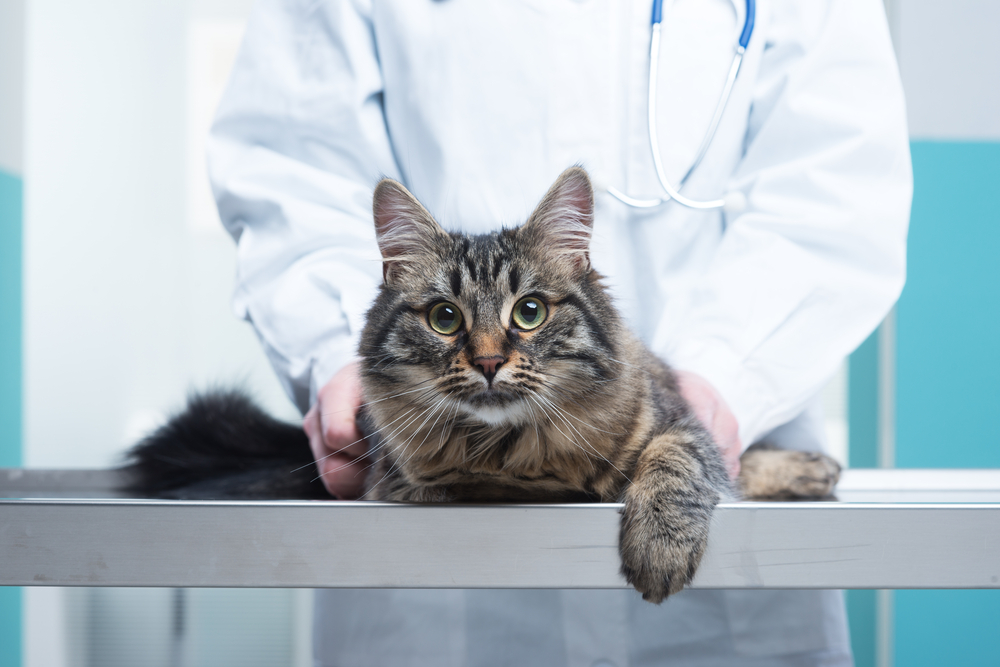 Bone Cancer (Chondrosarcoma) in Cats
Chondrosarcoma of the Bone in Cats
Chondrosarcoma
Bone Cancer (Chondrosarcoma) in Cats
Chondrosarcoma of the Bone in Cats
Chondrosarcoma
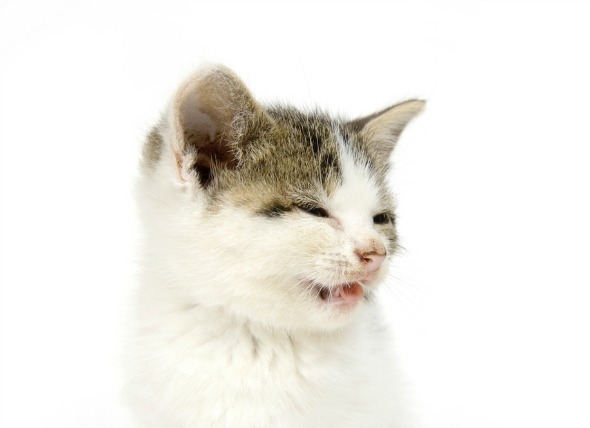 Sneezing, Reverse Sneezing, and Gagging in Cats
Sneezing refers to the normal reflexive behavior
Sneezing, Reverse Sneezing, and Gagging in Cats
Sneezing refers to the normal reflexive behavior
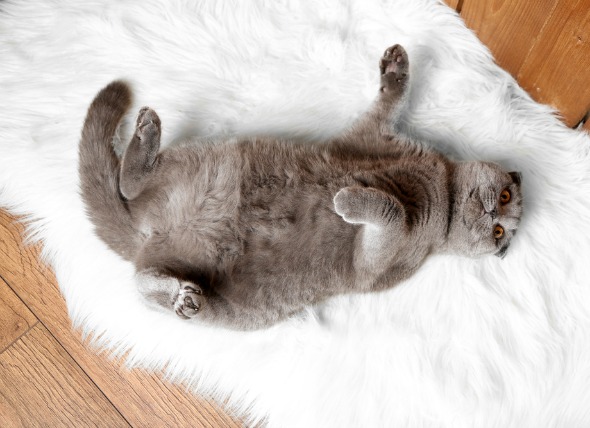 Irritable Bowel Syndrome in Cats
Chronic Irritation in the Lining of the Bowels in Cats
&
Irritable Bowel Syndrome in Cats
Chronic Irritation in the Lining of the Bowels in Cats
&
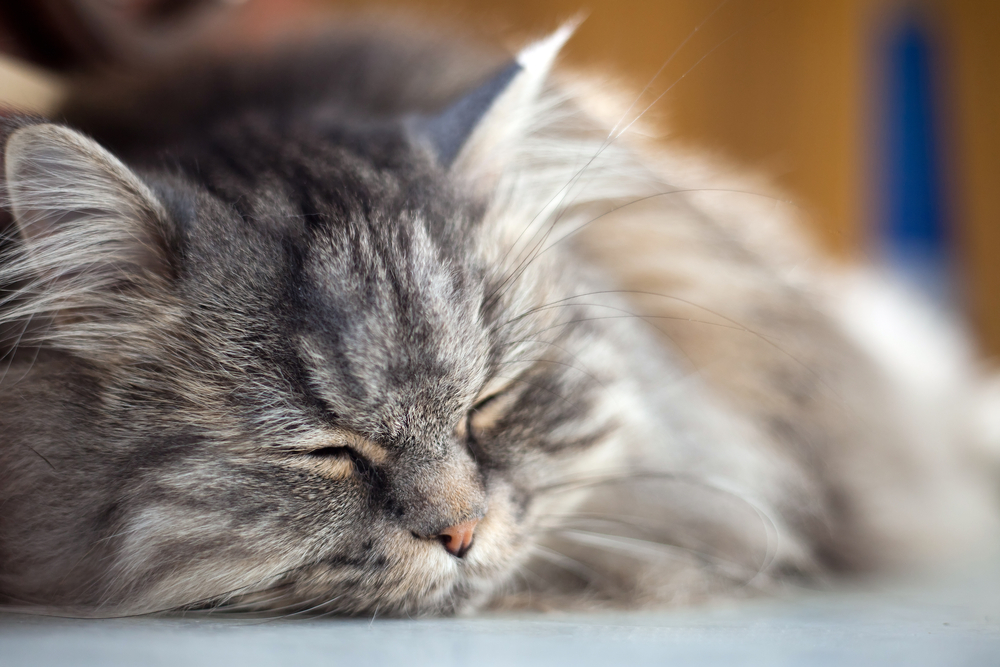 Ear Cancer (Adenocarcinoma) in Cats
Ceruminous Gland Adenocarcinoma of the Ear in Cats
Ear Cancer (Adenocarcinoma) in Cats
Ceruminous Gland Adenocarcinoma of the Ear in Cats
Copyright © 2005-2016 Pet Information All Rights Reserved
Contact us: www162date@outlook.com